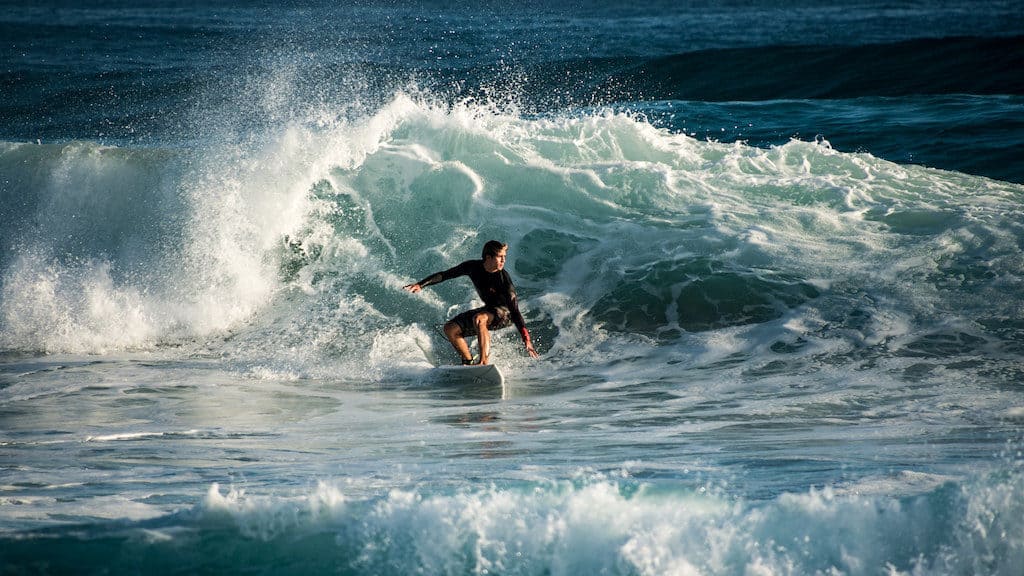You’ve learned all about ocean currents, tides, and the sun as they relate to safety and the sport of surfing in the previous post of this two-part comprehensive surf safety guide. Now we would like to share with you some safety information and tips relating to marine life, surf equipment, and other surfers.
The more you know, the safer you will be out in the sea.
Marine Life
Costa Rica has a thriving marine ecosystem. When you enter the ocean, you are entering the territory of hundreds of different species of animals. It is important that you respect the ocean and those who call it home.
While most marine wildlife interactions are completely harmless and pose no real danger, it is important to know the potential hazards.

Jellyfish and sea lice
Small jellyfish and sea lice are not uncommon, especially when cool underwater currents flush sea life to the surface. Getting stung by a jellyfish or sea lice while surfing in Playa Grande isn’t a life or death type of situation, but it can be uncomfortable.
Typically, the stinging sensation dissipates within a few minutes. If you find that you are getting stung a lot, it is probably a good idea to get out of the water to avoid being very itchy later.
Stingrays
Stingrays are very common in Costa Rica. These relatives of the shark are graceful and harmless unless you accidentally step on one. The best way to avoid this unfortunate and very painful accident is to shuffle your feet when you are walking in the shallows. Shuffling your feet will alert the stingrays of your approach and give them time to swim away.

Sharks and crocodiles
Shark and crocodile sightings are very uncommon, however, the estuary that separates Playa Grande from Tamarindo has a very healthy population of crocodiles and they do from time to time like to swim out to sea. It is best to avoid surfing or swimming near the estuary.
As far as sharks go, if you see one, just calmly exit the water. You are not on their menu, but it is better just to play it safe. It is also a good idea to avoid surfing or swimming when you see large congregations of small fish in the shallows. This happens throughout the year and these “bait balls” or large schools of fish do attract larger predators.

Surf Equipment
Always check your equipment before you go surfing. Make sure that your leash isn’t compromised in any way. Check to make sure there aren’t any dings, cracks, or breaks in your board and that your fins and track pad are securely in place.

Other Surfers
Surfing is a sport that requires your utmost attention, awareness, and present mindedness. Always look in front of you, behind you, and to your left and right before you drop into a wave. When you are surfing around a lot of other people it is your job to make sure that you don’t put yourself or anyone else in harm’s way by being reckless.
Respect your surfing ability, know your place in the line-up, wait your turn, and follow the rules. There are enough waves for everyone. It is not worth risking an injury or damaged surfboard because you think the wave on the horizon is the last wave that will ever roll through.

Above all, trust your instincts and listen to your inner intuition. Don’t put yourself in obviously dangerous situations, such as trying to surf when the waves are above your ability, the currents are too strong, when the ocean is blooming with sea lice, or when it feels sharky or a bit sketchy.
Now, grab your board, paddle out, have fun, and be safe!
